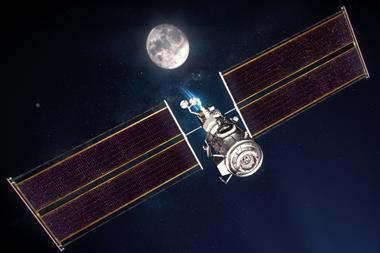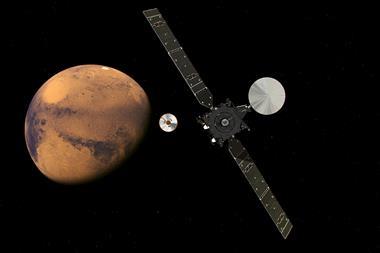The first mission dedicated to measuring the chemical composition of exoplanets is one step closer, after the European Space Agency (Esa) signed a contract with Airbus to build a new space telescope.
The Atmospheric Remote-sensing Infrared Exoplanet Large-survey (Ariel) mission is scheduled to launch in 2029 and will study around 1000 planets to learn how they formed. Esa notes that the project will ‘fill a significant gap in our knowledge of how the planet’s chemistry is linked to the environment where it formed, or if and how the type of host star drives the physics and chemistry of the planet’s evolution’.
The €200 million (£170 million) project will see Airbus lead the design and construction of the Ariel satellite from two sites in Toulouse, France, and Stevenage, UK. The telescope will eventually operate from a special position ‘behind’ the Earth as viewed from the sun, around 1.5 million km from the planet’s surface.
Ariel will draw expertise from a consortium of more than 50 institutions across 17 European countries, who will contribute to the manufacture of a flawless 1m diameter aluminium mirror for the telescope and other scientific instruments. The satellite’s payload will include three spectrometers to analyse the chemical make up of each exoplanet that the telescope targets.
‘The international Ariel Mission Consortium has been making fantastic progress with the payload. We are looking forward to working closely with Airbus to ensure the payload works perfectly on board the spacecraft,’ said Paul Eccleston, chief engineer at RAL Space and project manager for the mission consortium. ‘Together we will be enabling amazing new discoveries about planets beyond our solar system.’
‘With this milestone for the Ariel mission we celebrate the continuation of the outstanding relationship with our industry partners to keep Europe at the forefront of excellence in the field of exoplanet research well into the next decade and beyond,’ added Esa science director Günther Hasinger.












No comments yet